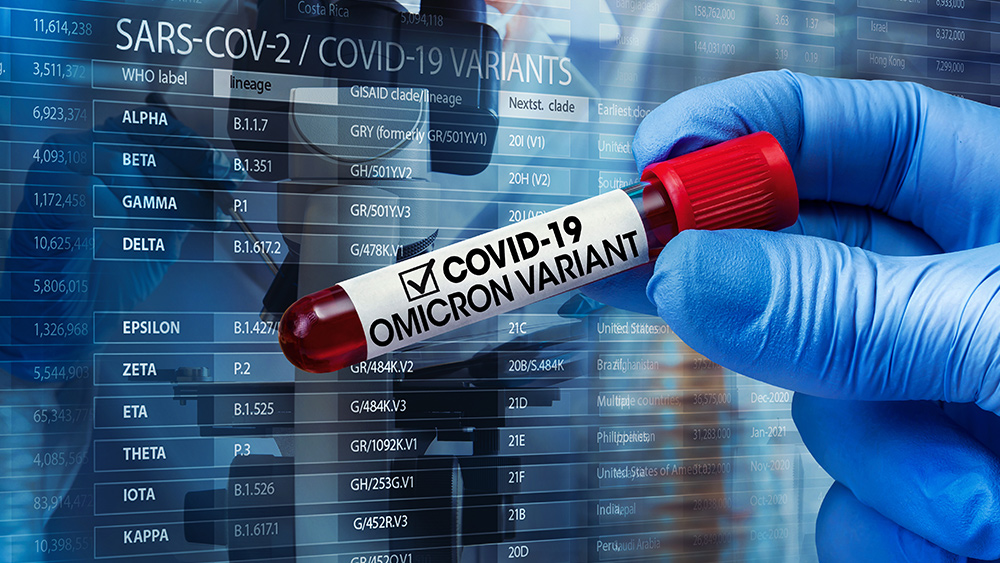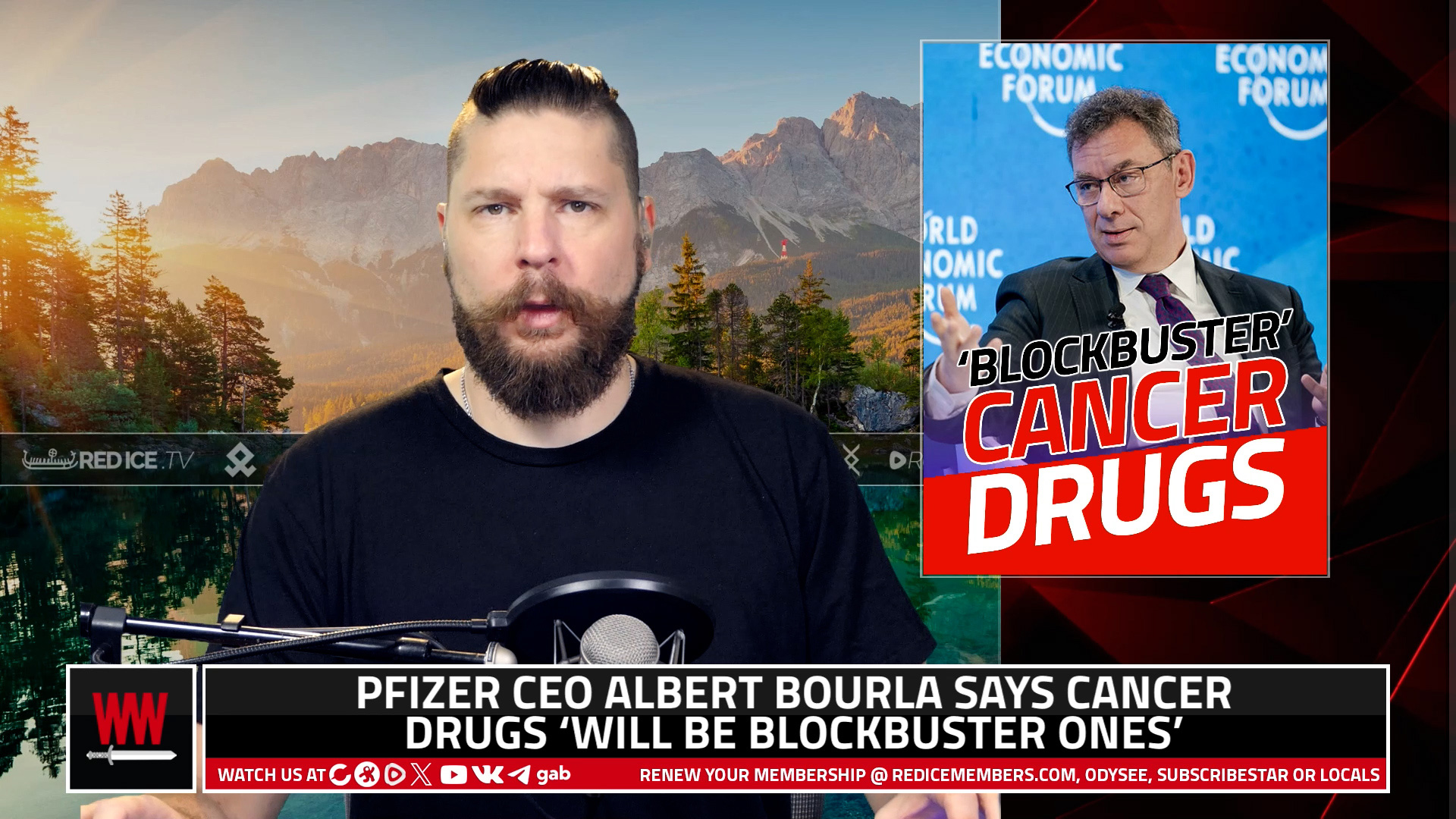Israeli scientists find a promising potential treatment for pancreatic cancer

(Natural News) Pancreatic cancer is one of the most daunting varieties of the disease, with very few people surviving beyond five years after their diagnosis. With few symptoms, most patients aren’t diagnosed until they’ve already reached the metastatic stage. It’s the fourth leading cause of cancer deaths and the 12th most common type of cancer worldwide, and an effective treatment is desperately needed. Now, a new discovery could bring hope to future patients.
Scientists at Tel Aviv University have developed a new treatment that could destroy pancreatic cancer cells. Their treatment involves a small molecule known as PJ34, which was originally developed to help stroke victims. They discovered that when it is injected, it causes human cancer cells to destroy themselves during cell division, or mitosis.
They conducted their study using transplanted human pancreatic cancer in immunocompromised mice. They found that after two weeks of daily injection with the molecule, there was an incredible 90 percent reduction in cancer cells 30 days after ending the treatment, with one mouse even seeing its tumor disappear completely.
The researchers say this molecule spurs an anomaly while the cancer cells are dividing that provokes rapid cell death. In other words, it’s the cell multiplication itself that is causing these bad cells to die.
Best of all, unlike traditional treatments like chemotherapy, PJ34 does not affect healthy cells, so they did not see any negative effects in the mice from treatment. In fact, the animals grew and gained weight as usual.
Sponsored: NEW Biostructured Silver First Aid Gel created by the Health Ranger combines three types of silver (ionic silver, colloidal silver, biostructured silver) with seven potent botanicals (rosemary, oregano, cinnamon and more) to create a breakthrough first aid silver gel. Over 50 ppm silver, verified via ICP-MS lab analysis. Made from 100% Texas rain water and 70% solar power. Zero chemical preservatives, fragrances or emulsifiers. See full details here.
The study’s leader, Professor Malka Cohen-Armon, also explored this mechanism in a 2017 study, when she used it to treat triple-negative breast cancer, which, like pancreatic cancer, is notoriously difficult to treat. The research team has also found in parallel studies that the molecule is efficient on other deadly types of cancer, including aggressive varieties of lung, brain, ovarian and breast cancers that resist current therapies.
A statement released by the university said the research holds “great potential for the development of a new effective therapy to treat this aggressive cancer in humans.”
Next, the researchers would like to test the molecule on bigger animals like pigs before eventually carrying out trials in humans, which they believe could take around two years, depending on the funding available.
The findings were published in the October edition of the peer-reviewed biomedical journal Oncotarget.
Other potential pancreatic cancer treatment avenues being explored
Last year, scientists discovered another potential therapy for pancreatic cancer in the form of dual thermal ablation, a process that entails heating and freezing. They used different technologies to heat and freeze cancer cells and measure the levels of cell death and regrowth. When heating or freezing are used individually, some cells may die but others will survive and regrow. With dual-thermal ablation, however, more cells die and don’t return.
Although these treatments are very promising, it’s still a good idea to do everything you can to reduce your risk, especially if someone in your family has had this type of cancer. Following a healthy diet and maintaining a healthy wright are two easy ways to lower your risk, and you should also refrain from smoking.
The Israeli study, and others like it, could lead to incredibly valuable treatments for this deadly disease, and it’s encouraging to see researchers thinking outside of the box and looking to develop treatments that don’t put your overall health at risk the way chemotherapy does.
Sources for this article include:



